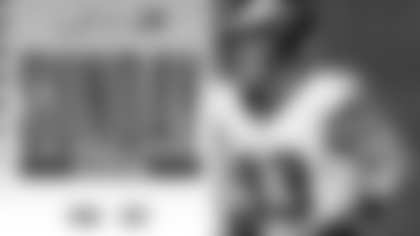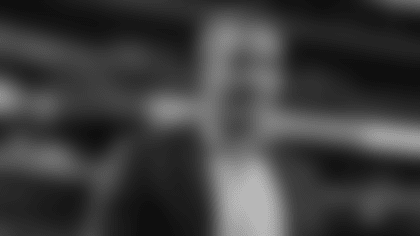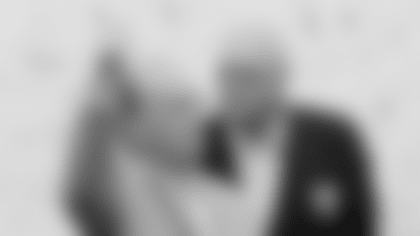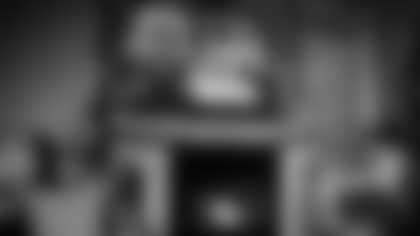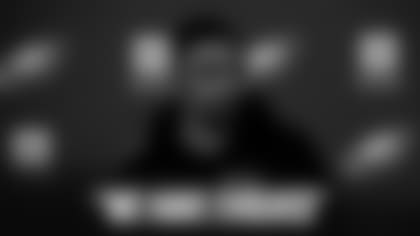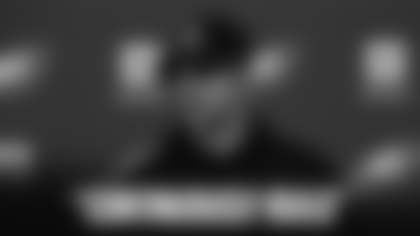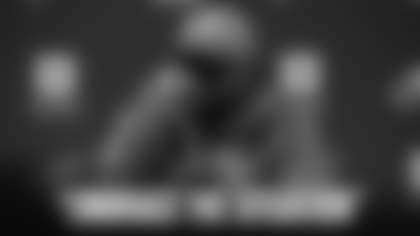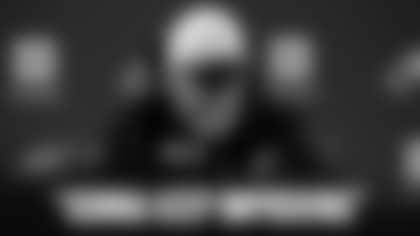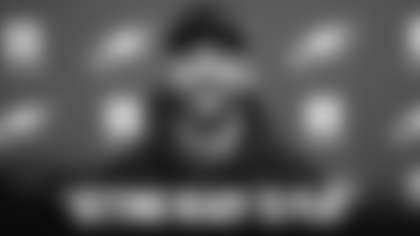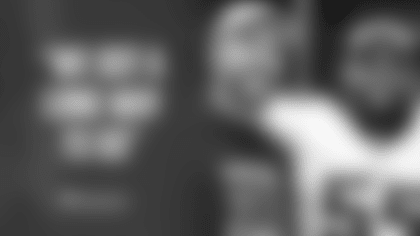The recent announcement that Sonny Jurgensen is retiring from Washington's radio broadcasts after 39 years in the booth brought back memories of Sonny's time in Philadelphia. One of my favorites was his performance in the 1961 College All-Star Game.
Mention the College All-Star Game to most people – even hardcore football fans – and they will give you a blank look and ask, "What's that?"
Well, there was a time when the College All-Star Game was a very big deal. It was the traditional kickoff to the football season, a game played in early August at Soldier Field in Chicago. It matched the defending NFL Champions against a team stocked with college football's top graduating seniors. It was nationally televised and drew a huge audience.
In 1961, the Eagles were the defending NFL Champs, fresh off their victory over Vince Lombardi's Green Bay Packers at Franklin Field. But they weren't your typical defending champion. They were breaking in a new head coach and new starting quarterback so, yes, they were the champs on paper, but what would they be on the field? No one knew which added some suspense to the game.
Head coach Buck Shaw and quarterback Norm Van Brocklin both retired after the Eagles' win over the Packers. Shaw returned to California where he ran a corrugated box business. The 33-year-old Van Brocklin expected to take over for Shaw as head coach. He claimed to have a verbal agreement with the team's management but the owners wanted him to keep playing. They tried to talk him into staying on as a player-coach, an offer Van Brocklin flatly rejected.
The Minnesota Vikings, then an expansion team, offered Van Brocklin the position of head coach and he accepted. So the Eagles, as defending champions, went to Training Camp with Nick Skorich as head coach and Sonny Jurgensen as the starting quarterback. For Skorich, it was a promotion from offensive line coach. For Jurgensen, it was a chance to play after spending the previous three years as Van Brocklin's backup. Both were largely unknown to Eagles fans.
"The fans were more worried than we were," said Tommy McDonald, the Eagles' All-Pro receiver. "We had a lot of respect for Nick. He was a smart football man. I knew Sonny better than anyone. We were drafted together (1957) and we were roommates. I knew he was itching to play. He played some his rookie year but after the trade for Van Brocklin, he went to the bench. People forgot about him but we didn't."
"I know what most people were saying, 'What will they do without Van Brocklin?'" Jurgensen said, "but I was pretty confident. People forget I played quite a bit as a rookie then I had the chance to sit and study Van Brocklin so I learned a lot. That was my big chance and I felt ready."
The College All-Stars would be his first test. Coached by Otto Graham, the former Cleveland Browns quarterback, the All-Stars were loaded with talent. They had three future Hall of Famers – tight end Mike Ditka, guard Billy Shaw, and defensive tackle Bob Lilly. They also had future stars in receiver Bernie Casey, running back Bill Brown, tight end Fred Arbanas, offensive tackle Jim Tyrer, defensive tackle Ernie (Big Cat) Ladd, and linebacker E.J. Holub. The quarterbacks were Billy Kilmer and Norm Snead, who would be traded to the Eagles in exchange for Jurgensen three years later.
It rained heavily before the game and the Soldier Field playing surface was slick and treacherous. Joe Bellino, the Heisman Trophy winner from Navy, slipped fielding a punt during pre-game warmups and pulled a muscle. He was done for the night.
There was a huge TV audience tuned in, especially in Philadelphia, and the Eagles put on a show. They scored the first 28 points and coasted to a 28-14 victory. McDonald caught three touchdown passes, two from Jurgensen and one from the team's new backup quarterback King Hill. Pete Retzlaff scored the fourth touchdown, also on a pass from Jurgensen.
But it was another Jurgensen pass that had everyone buzzing.
On the opening possession, Lilly and Ladd got a big rush on the Eagles' quarterback. Lilly had him by the jersey and was about to pull him down when Jurgensen saw Retzlaff open in the left flat. The only trouble was he couldn't raise his arm so he threw the ball behind his back to Retzlaff for a 13-yard gain.
A behind-the-back pass? In football? Are you kidding me?
The Soldier Field crowd was stunned and so were the folks watching on TV. The only ones who weren't surprised were the Eagles; that's because they had seen Jurgensen do something similar every day in practice. He could whip a pass behind his back and hit a receiver in stride 20 yards down the field. This was just the first time he did it in a game.
"Sonny was a unique talent, maybe the best pure passer I ever saw," said Hill, who was acquired in a trade from the Chicago Cardinals to serve as Jurgensen's backup. "He had a great release. Most quarterbacks are programmed into a five-step drop or a seven-step drop, set up, and throw. Sonny could unload at any time. He'd be backpedaling and just flick the ball when the receiver cleared."
The Eagles dominated the game outgaining the All-Stars 401 yards to 271. Kilmer, who went on to quarterback Washington to a Super Bowl, was voted the All-Stars' outstanding player. He passed for 173 yards and a touchdown to Glenn Gregory, a halfback from SMU.
Graham wasn't that impressed with the Eagles, telling reporters: "I'd like to turn around and play these guys tomorrow on a dry field. I think we'd beat them."
There weren't many people who agreed with him, certainly not in the Eagles' dressing room. They proved to everyone that while they were a different team without Shaw and Van Brocklin, they still were a team to be reckoned with.
The Eagles went 10-4 that season and finished one half-game behind the New York Giants in the Eastern Conference. Jurgensen led the league in completions (235), passing yards (3,723), and touchdown passes (32). The 32 touchdown passes set a club record that stood until Carson Wentz surpassed it just two years ago. McDonald led the league with 1,144 receiving yards and 13 touchdowns.
The College All-Star Game which started in 1934 ran for 42 years. It was last played in 1976 when a lightning storm rolled in during the third quarter and the game was called with the Pittsburgh Steelers comfortably ahead, 24-0. That was the problem: the games were no longer competitive. The pros won 22 of the last 25 games and the TV audience was dwindling.
Early in the series, the College All-Stars played the pros on even terms. From 1943 through 1950, the teams split the eight games, four wins apiece. The Eagles were one of the champs to go down, losing 17-7 to the All-Stars in August 1950. In the end, however, the pros had a 31-9-2 advantage. And on that rainy night in 1961, the Eagles were clearly the best.
"Our guys were a little concerned because the (college) stars were so highly touted," Skorich said, "and they have some very good players. But we went out to justify our championship and I think we did that."
An award-winning writer and producer, Ray Didinger was inducted into the Pro Football Hall of Fame in 1995. He has also won six Emmy Awards for his work as a writer and producer at NFL Films. The five-time Pennsylvania Sportswriter of the Year is a writer and analyst for NBC Sports Philadelphia. Didinger will provide Eagles fans a unique historical perspective on the team throughout the year for PhiladelphiaEagles.com. You can read all of hisEagles History columns here.He is also the author ofThe Eagles Encyclopedia: Champions Edition which is in bookstores now.


